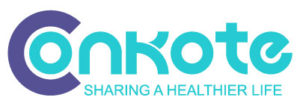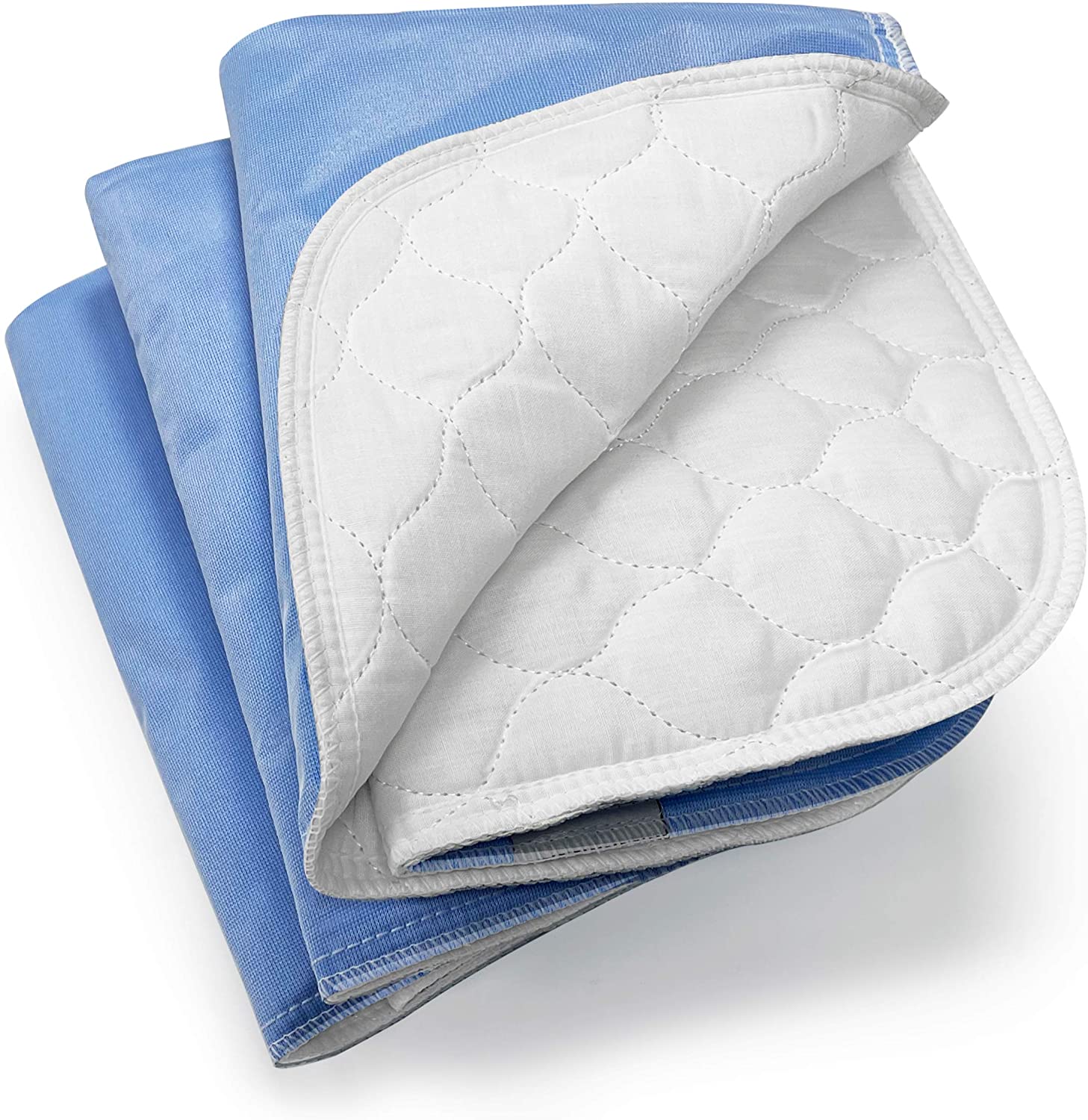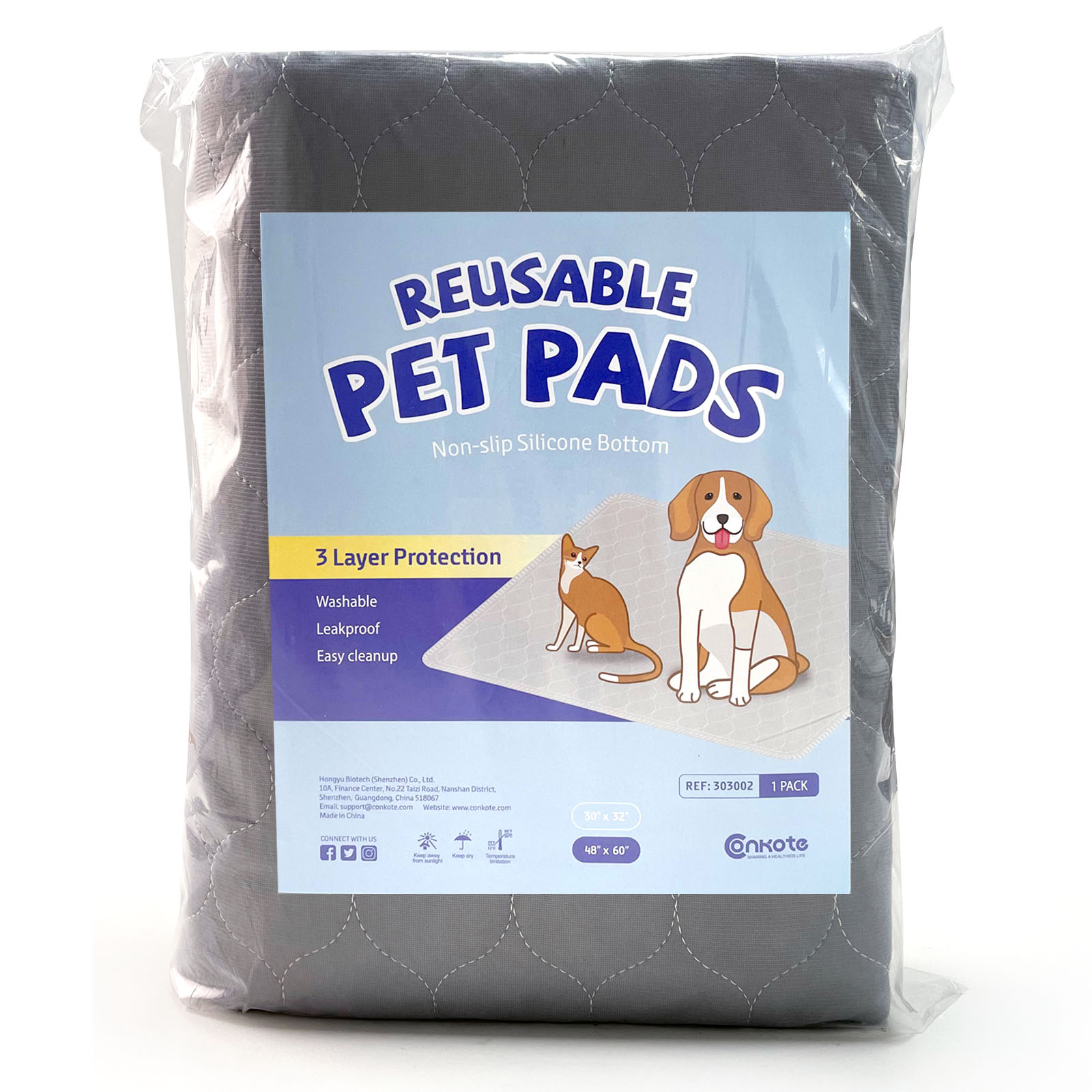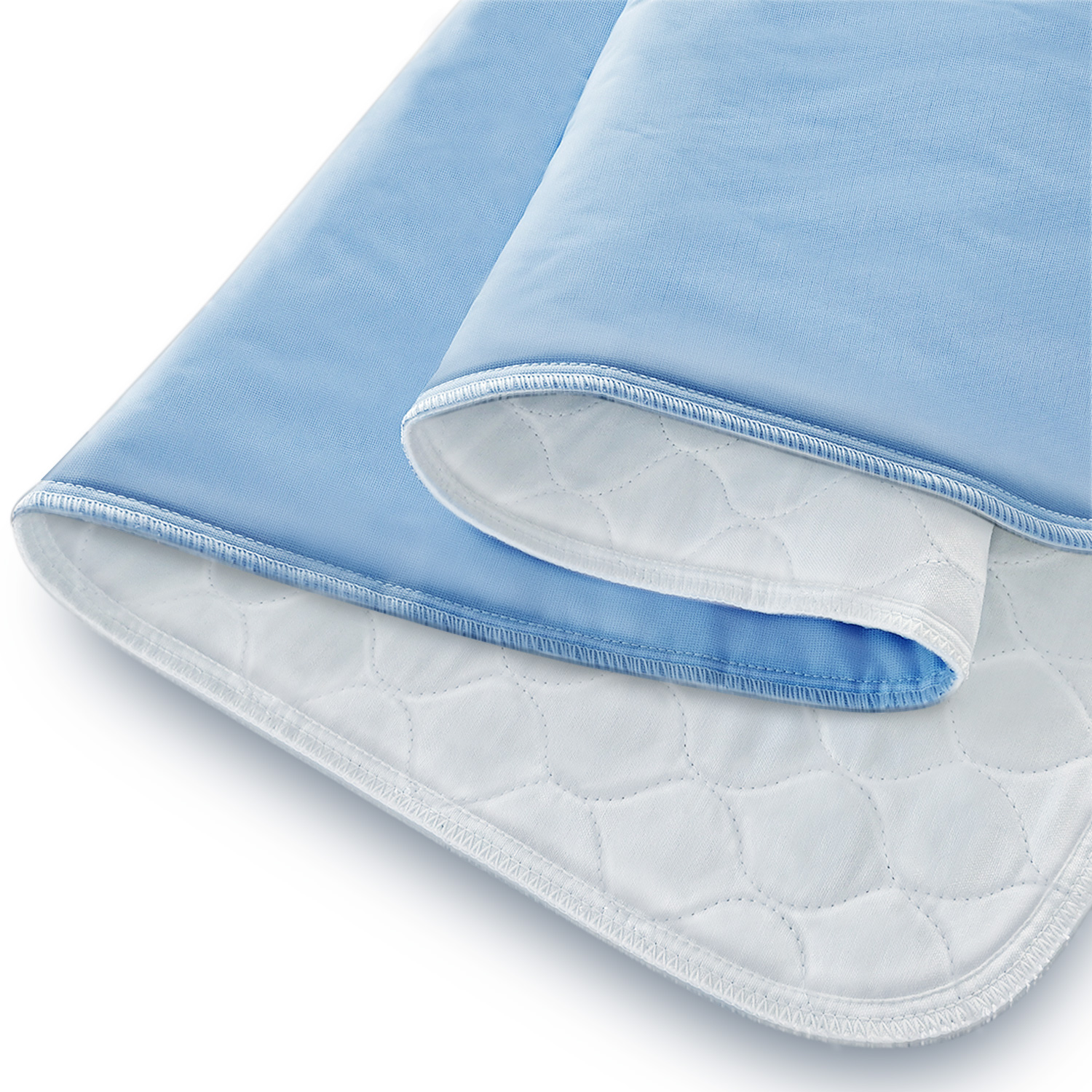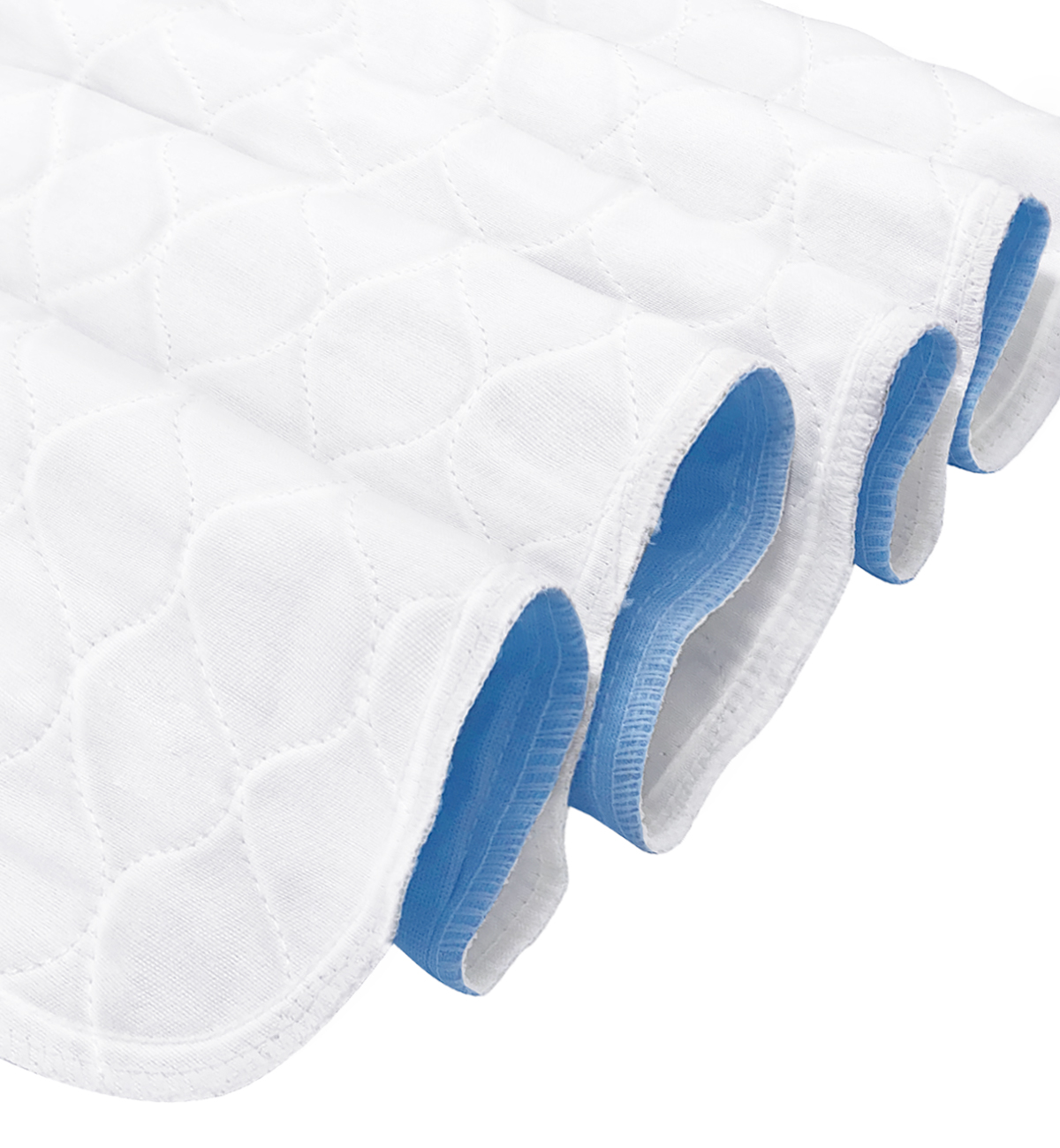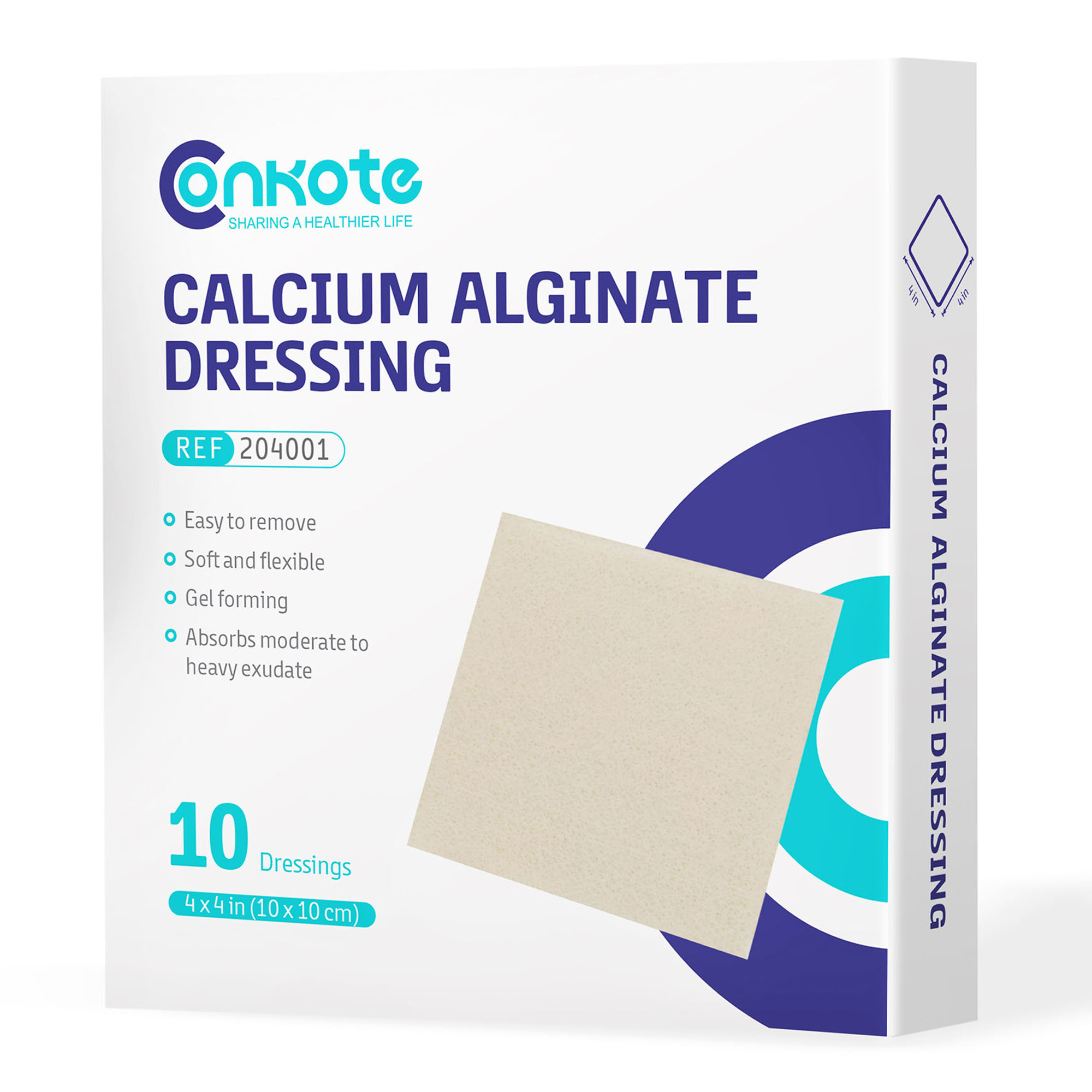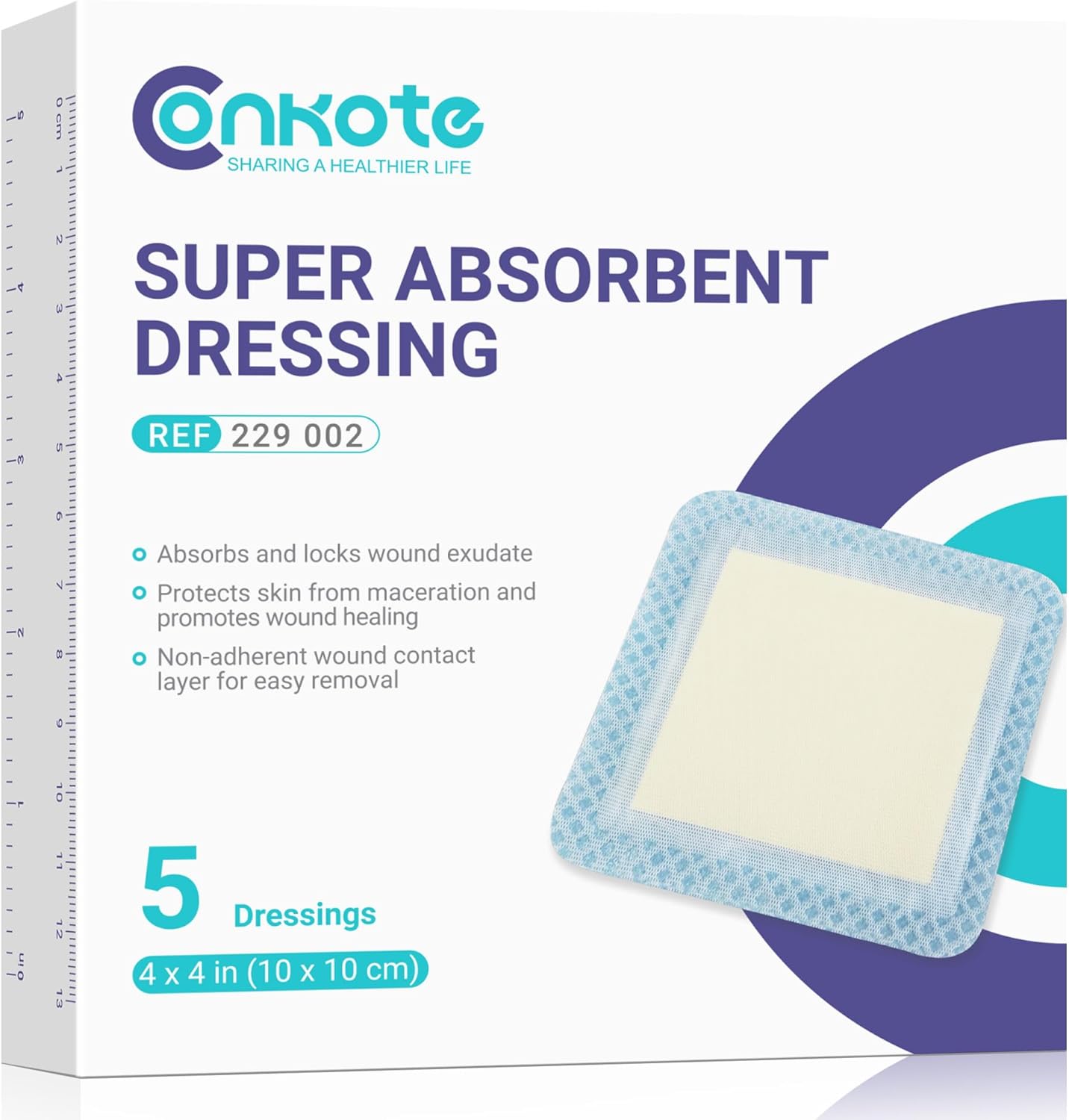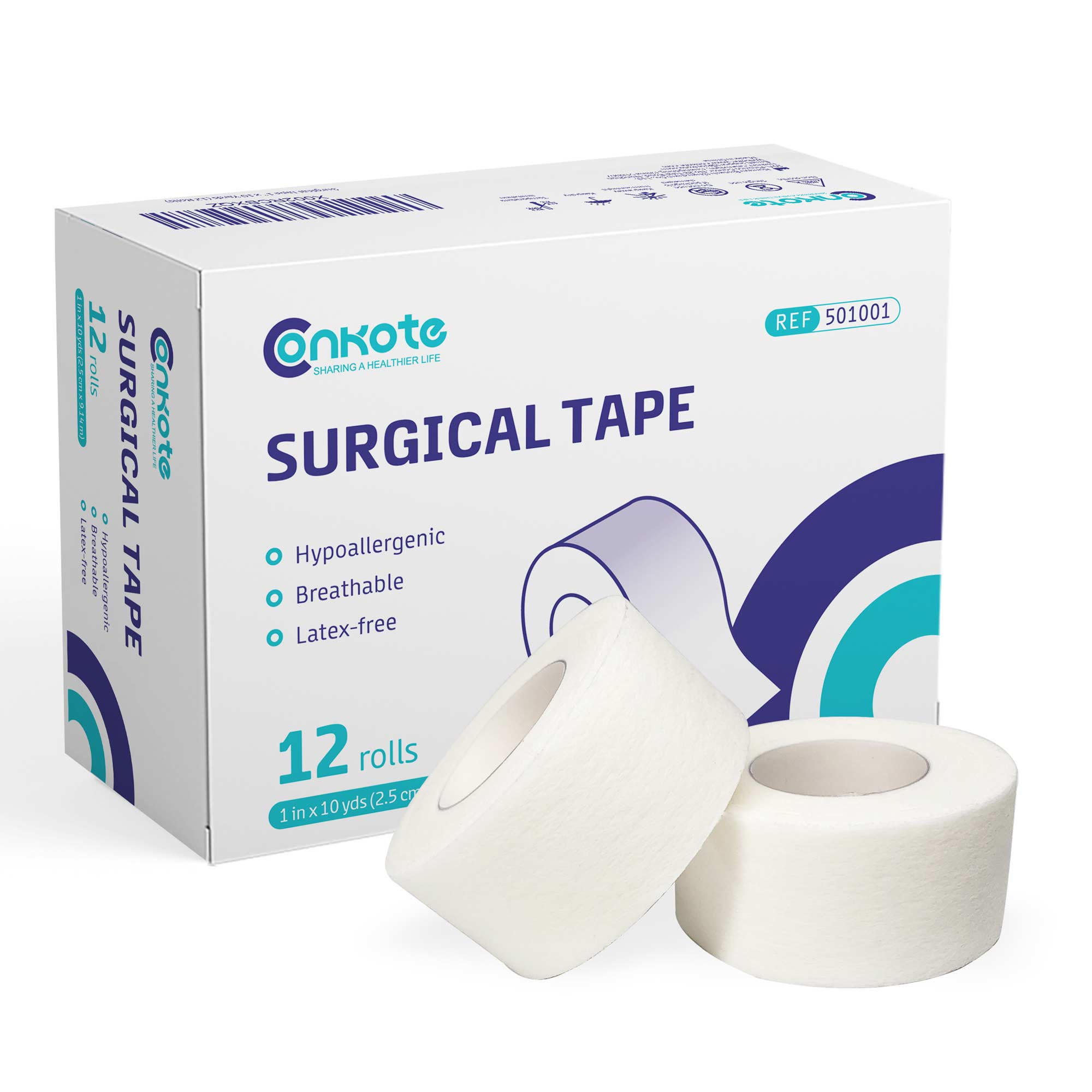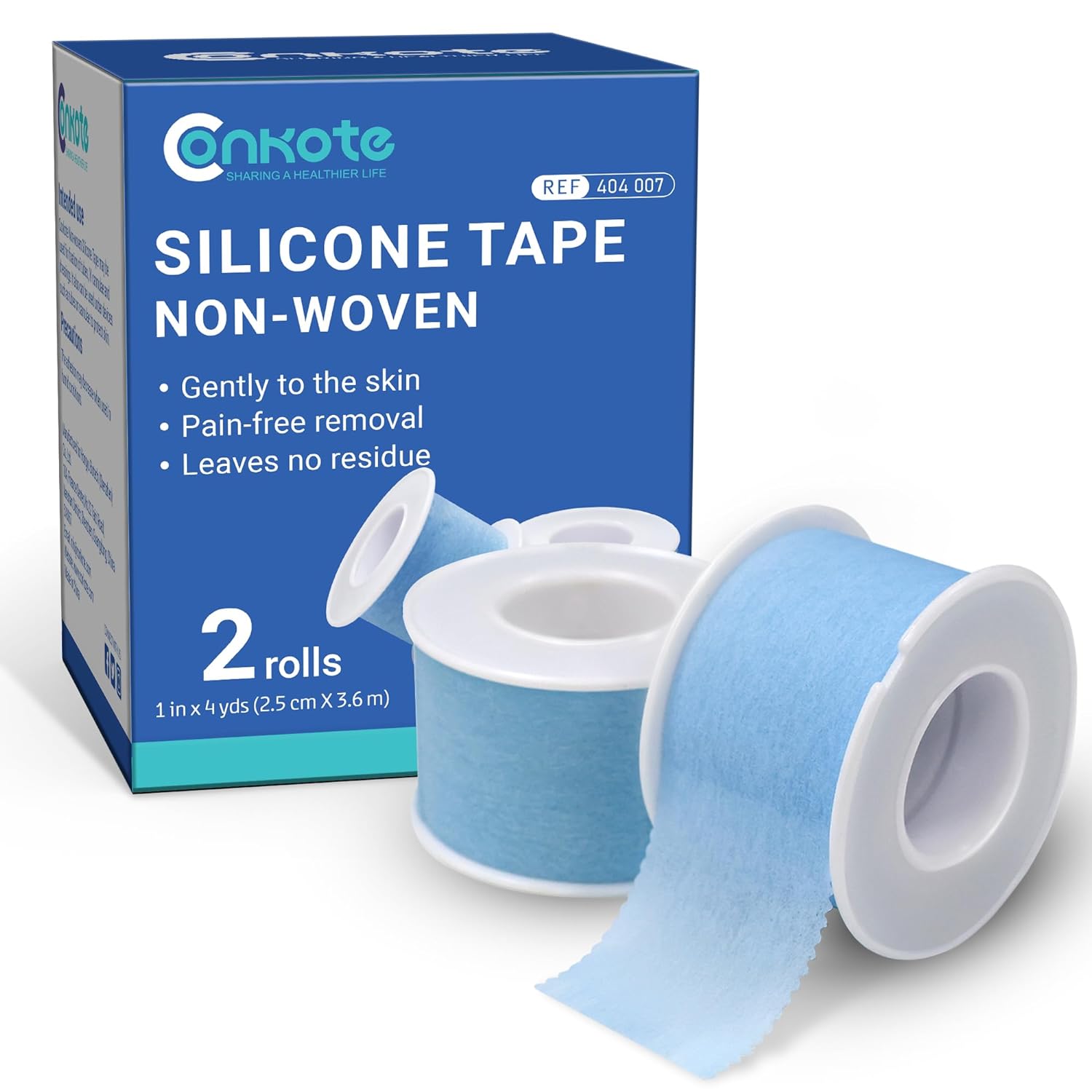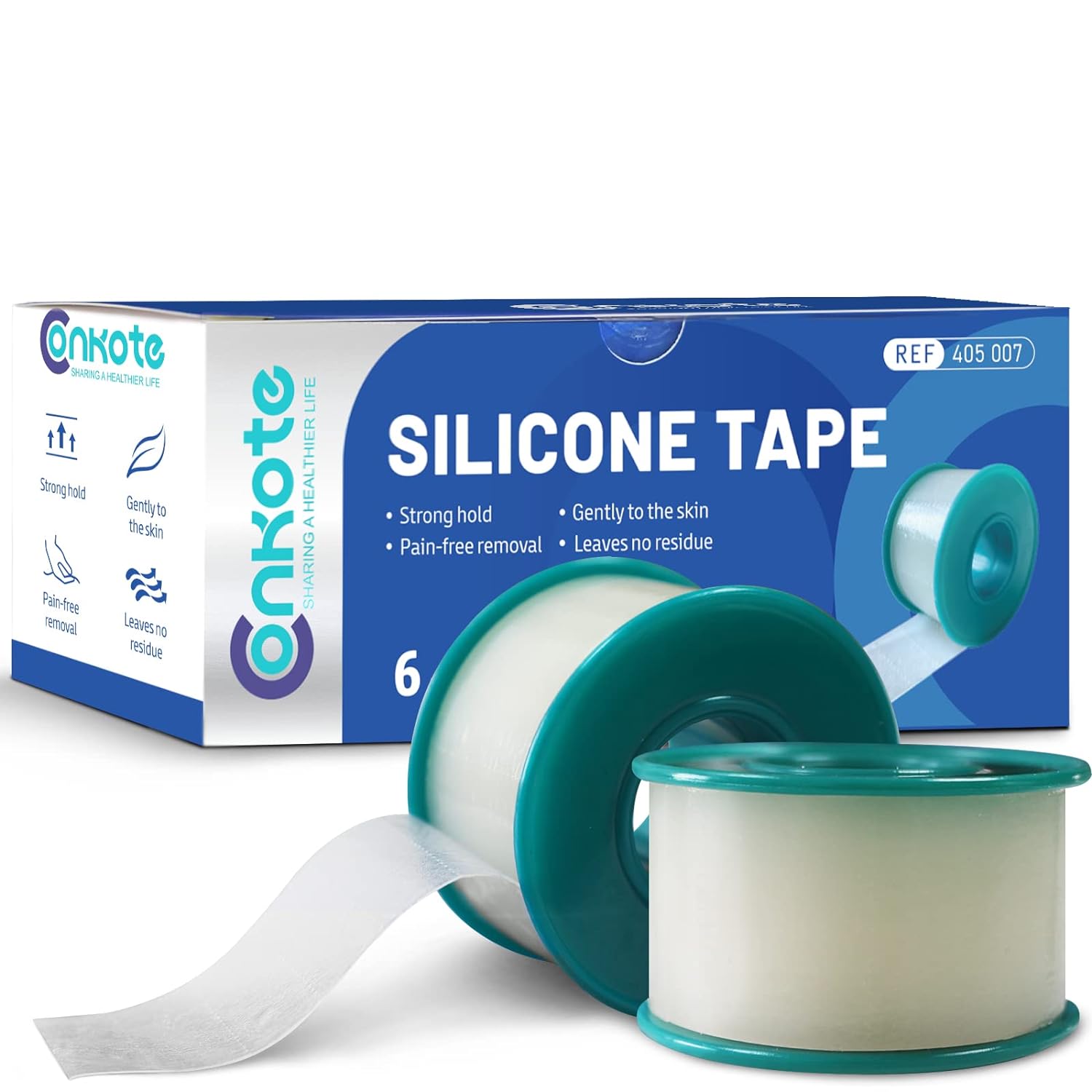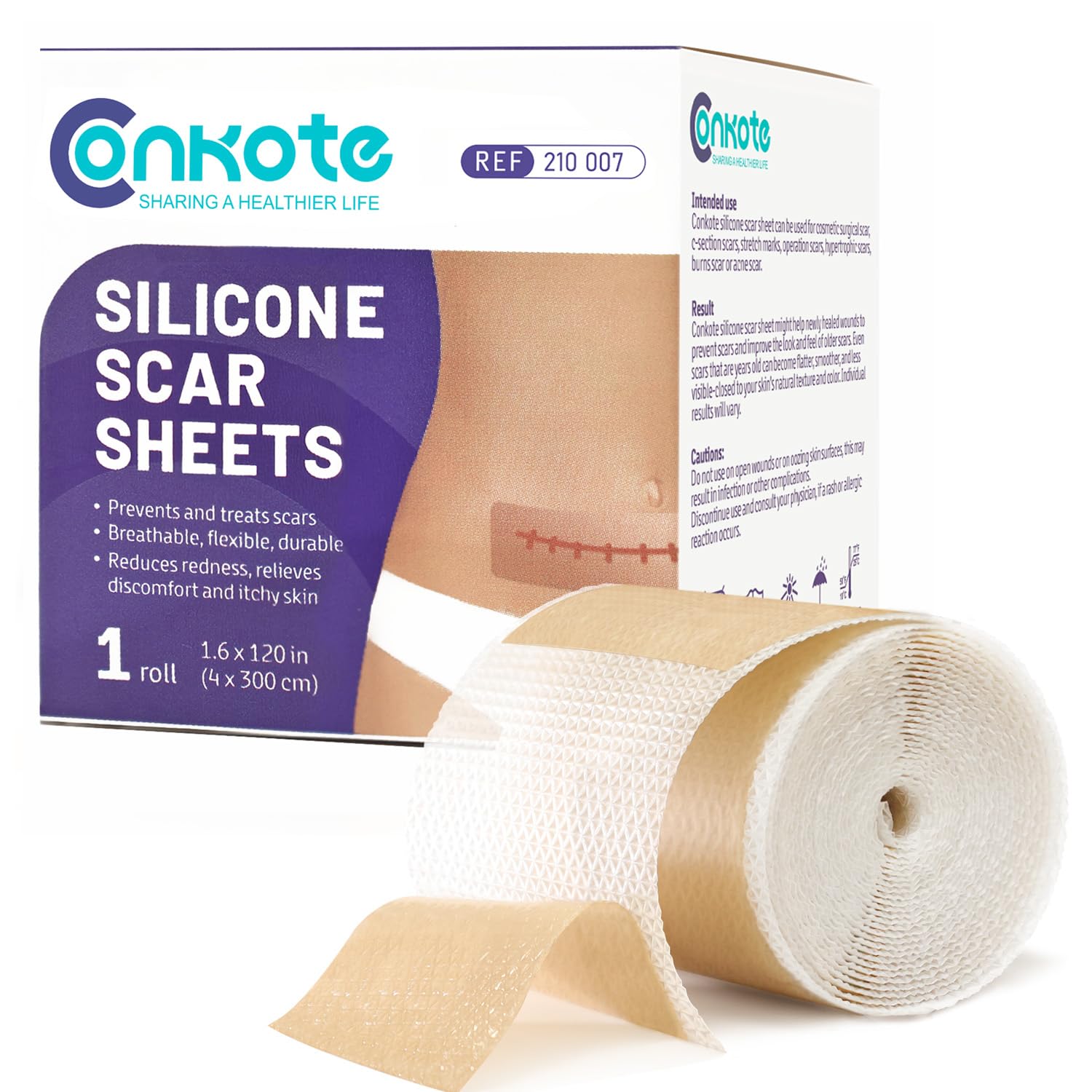How to control our blood pressure?
2024-05-22 2024-05-24 10:31How to control our blood pressure?
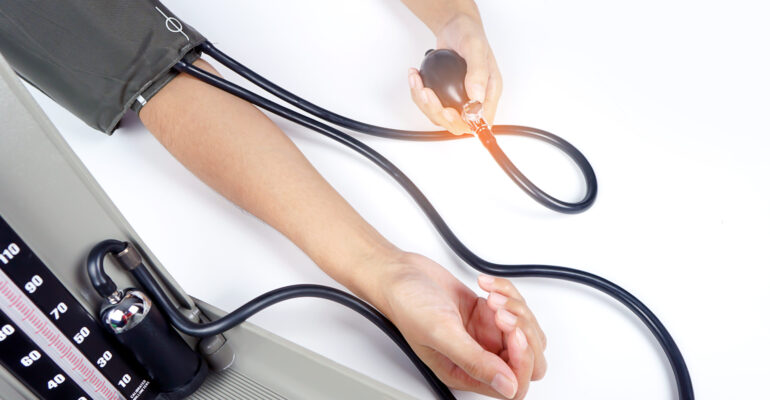
How to control our blood pressure?
More than 1 in 3 adults in the world has high blood pressure, or hypertension. Many of those people don’t know they have it, because there are usually no warning signs. This can be dangerous, because high blood pressure can lead to life-threatening conditions like heart attack or stroke. The good news is that you can often prevent or treat high blood pressure. Early diagnosis and heart-healthy lifestyle changes can keep high blood pressure from seriously damaging your health.
What is blood pressure?
Blood pressure is the amount of force your blood uses to get through your arteries. When your heart pumps, it uses force to push oxygen-rich blood out to your arteries. They bring it to your body’s cells and tissues. If your blood pressure is too high, it can cause health issues. The only way to know your blood pressure is to measure it.
Blood pressure is recorded with 2 numbers. The systolic pressure (higher number) is the force at which your heart pumps blood around your body.
The diastolic pressure (lower number) is the resistance to the blood flow in the blood vessels between heartbeats when blood is pumped around your heart.
They’re both measured in millimetres of mercury (mmHg).
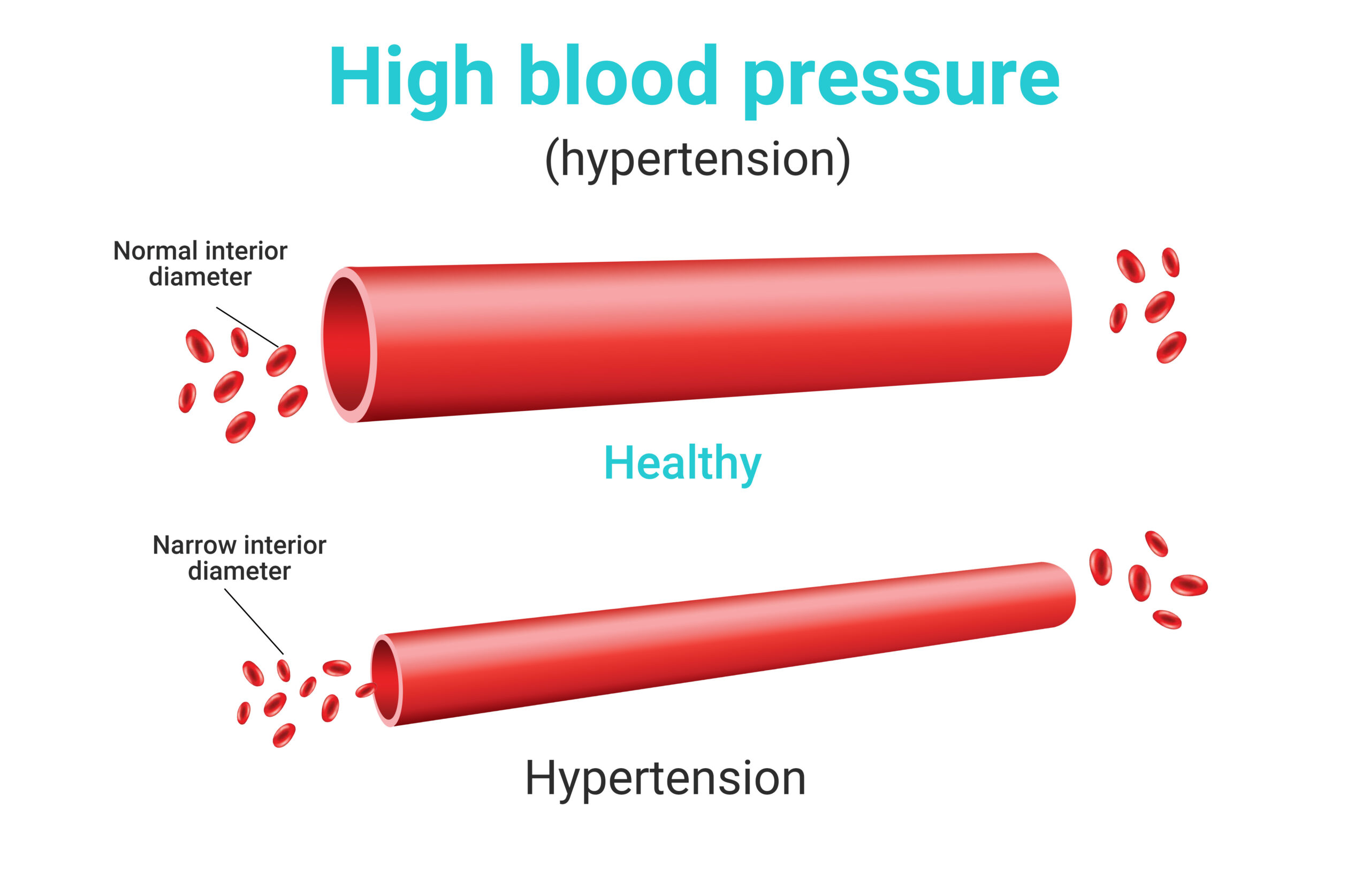
How to control blood pressure?
- Lose extra pounds and watch your waistline
Blood pressure often increases as weight increases. Being overweight can also cause disrupted breathing while you sleep (sleep apnea), which further raises your blood pressure.
Weight loss is one of the most effective lifestyle changes for controlling blood pressure. Losing even a small amount of weight if you’re overweight or obese can help reduce your blood pressure. In general:
Men are at risk if their waist measurement is greater than 40 inches (102 centimeters)
Women are at risk if their waist measurement is greater than 35 inches (89 centimeters).
These numbers vary among ethnic groups. Ask your doctor about a healthy waist measurement for you.
- Exercise regularly
Regular physical activity —150 minutes a week, or about 30 minutes most days of the week — can lower your blood pressure by about 5 to 8 mm Hg if you have high blood pressure. It’s important to be consistent because if you stop exercising, your blood pressure can rise again. Exercise can also help you avoid developing hypertension.
Aerobic activity such as walking, jogging, cycling, swimming or dancing; and high-intensity interval training, involving alternating short bursts of intense activity with subsequent recovery periods of lighter activity will help lower blood pressure. Talk to your doctor about developing an exercise program best suited to your lifestyle.
- Eat a healthy diet
Eating a diet rich in whole grains, fruits, vegetables and low-fat dairy products and low in saturated fat and cholesterol can help lower your blood pressure.
It isn’t easy to change your eating habits, but with these tips, you can adopt a healthy diet:
Keep a food diary. Writing down what you eat, even for just a week, can shed surprising light on your true eating habits. Monitor what you eat, how much, when and why.
Consider boosting potassium. Potassium can lessen the effects of sodium on blood pressure. The best source of potassium is food, such as fruits and vegetables, rather than supplements. Talk to your doctor about the potassium level that’s best for you.
Be a smart shopper. Read food labels when you shop and stick to your healthy-eating plan when you’re dining out, too.
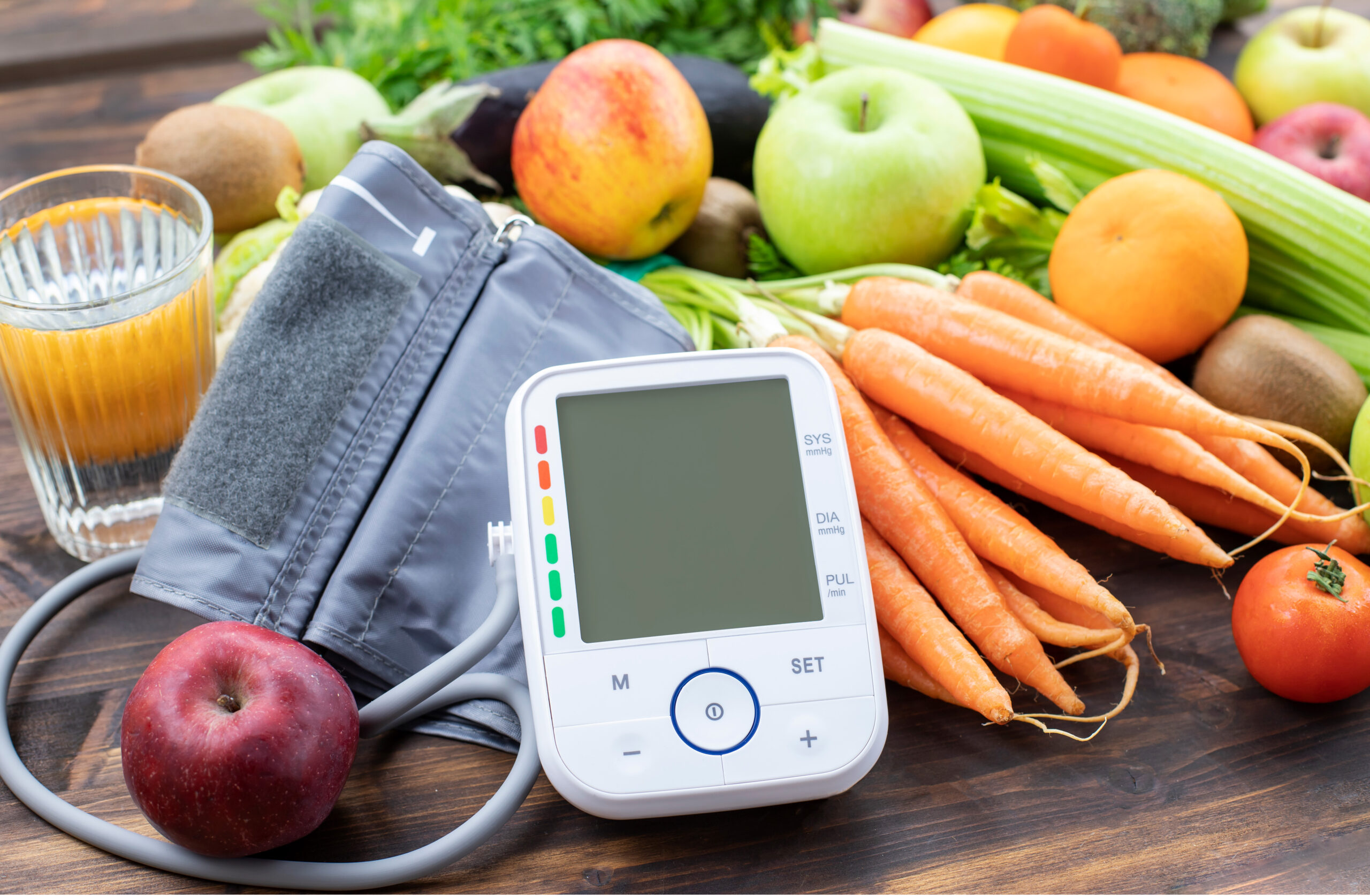
- Reduce sodium in your diet
Even a small reduction in the sodium in your diet can improve your heart health and reduce blood pressure. In general, limit sodium to 2,300 milligrams (mg) a day or less. However, a lower sodium intake — 1,500 mg a day or less — is ideal for most adults.
To decrease sodium in your diet, consider these tips:
Read food labels. If possible, choose low-sodium alternatives of the foods and beverages you normally buy.
Eat fewer processed foods. Only a small amount of sodium occurs naturally in foods. Most sodium is added during processing.
Don’t add salt. Just 1 level teaspoon of salt has 2,300 mg of sodium. Use herbs or spices to add flavor to your food.
Ease into it. If you don’t feel you can drastically reduce the sodium in your diet suddenly, cut back gradually. Your palate will adjust over time.
- Limit the amount of alcohol you drink
Alcohol can be both good and bad for your health. By drinking alcohol only in moderation — generally one drink a day for women, or two a day for men — you can potentially lower your blood pressure.
Drinking more than moderate amounts of alcohol can raise blood pressure by several points. It can also reduce the effectiveness of blood pressure medications.
- Quit smoking
Each cigarette you smoke increases your blood pressure for many minutes after you finish. Stopping smoking helps your blood pressure return to normal. Quitting smoking can reduce your risk of heart disease and improve your overall health.
- Cut back on caffeine
Although the long-term effects of caffeine on blood pressure aren’t clear, it’s possible blood pressure may slightly increase.
To see if caffeine raises your blood pressure, check your pressure within 30 minutes of drinking a caffeinated beverage. If your blood pressure increases by 5 to 10 mm Hg, you may be sensitive to the blood pressure raising effects of caffeine.
- Reduce your stress
Chronic stress may contribute to high blood pressure. Occasional stress also can contribute to high blood pressure if you react to stress by eating unhealthy food, drinking alcohol or smoking.
Take some time to think about what causes you to feel stressed, such as work, family, finances or illness. Once you know what’s causing your stress, consider how you can eliminate or reduce stress.
If you can’t eliminate stressors, you can at least cope with them in a healthier way. Try to:
Change your expectations. Understand there are some things you can’t change or control, but you can focus on how you react to them.
Focus on issues you can control and make plans to solve them. If you are having an issue at work, try talking to your manager. If you are having a conflict with your kids or spouse, take steps to resolve it.
Avoid stress triggers. Try to avoid triggers when you can. For example, if rush-hour traffic on the way to work causes stress, try leaving earlier in the morning. Avoid people who cause you stress if possible.
Make time to relax and to do activities you enjoy. Take time each day to sit quietly and breathe deeply. Make time for enjoyable activities or hobbies in your schedule, such as taking a walk, cooking or volunteering.
Practice gratitude. Expressing gratitude to others can help reduce your stress.
- Monitor your blood pressure at home and see your doctor regularly
Home monitoring can help you keep tabs on your blood pressure, make certain your lifestyle changes are working, and alert you and your doctor to potential health complications. Blood pressure monitors are available widely and without a prescription. Talk to your doctor about home monitoring before you get started.
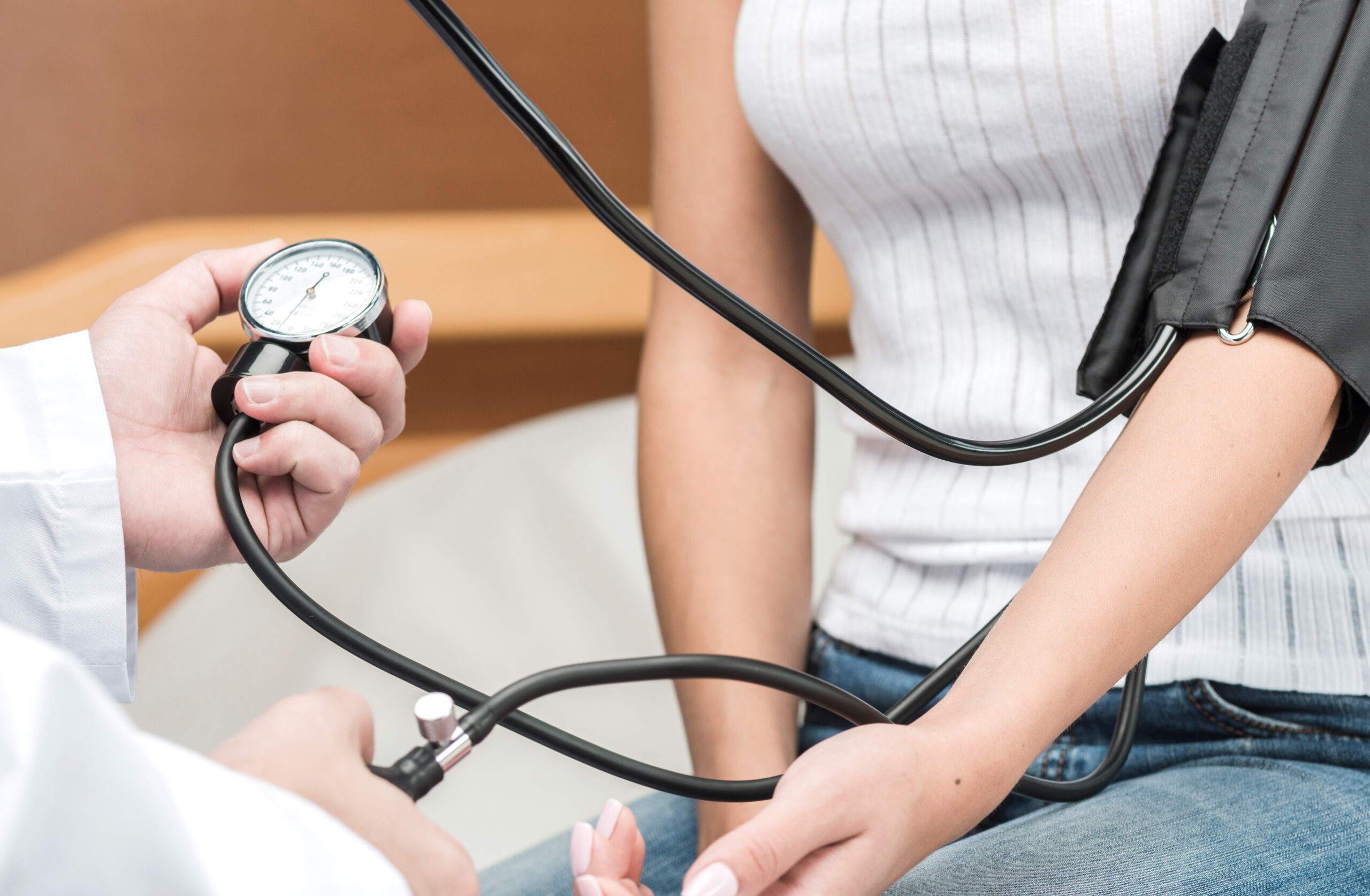
Regular visits with your doctor are also key to controlling your blood pressure.
Conkote wish you have a healthier life!
Search by Tags
advanced woundcare dressing Bedsores Blood Blood donation chronic decrease Chronic Wound comprehensive guide Conkosil Diabetes diabetes foot diabetes prevention Diabetes,Foot Problems,wound Diabetic foot dog training donation dor pee pads Easy Tips First aid health health life Home Care Ionic Silver Dressin Innovative Technology for Wound Care Lesions Measure a Wound medical tape Moist Wound Healing Negative pressure wound therapy papertape pet care Pressure Ulcers puppy pee pads Self-Adhesive Bandage Skin care tape Tobacco traditional wound care dressing World No Tobacco Day Wound care wound dressing wound healing wound infection wound materials woundmaterials wound type wound vac
